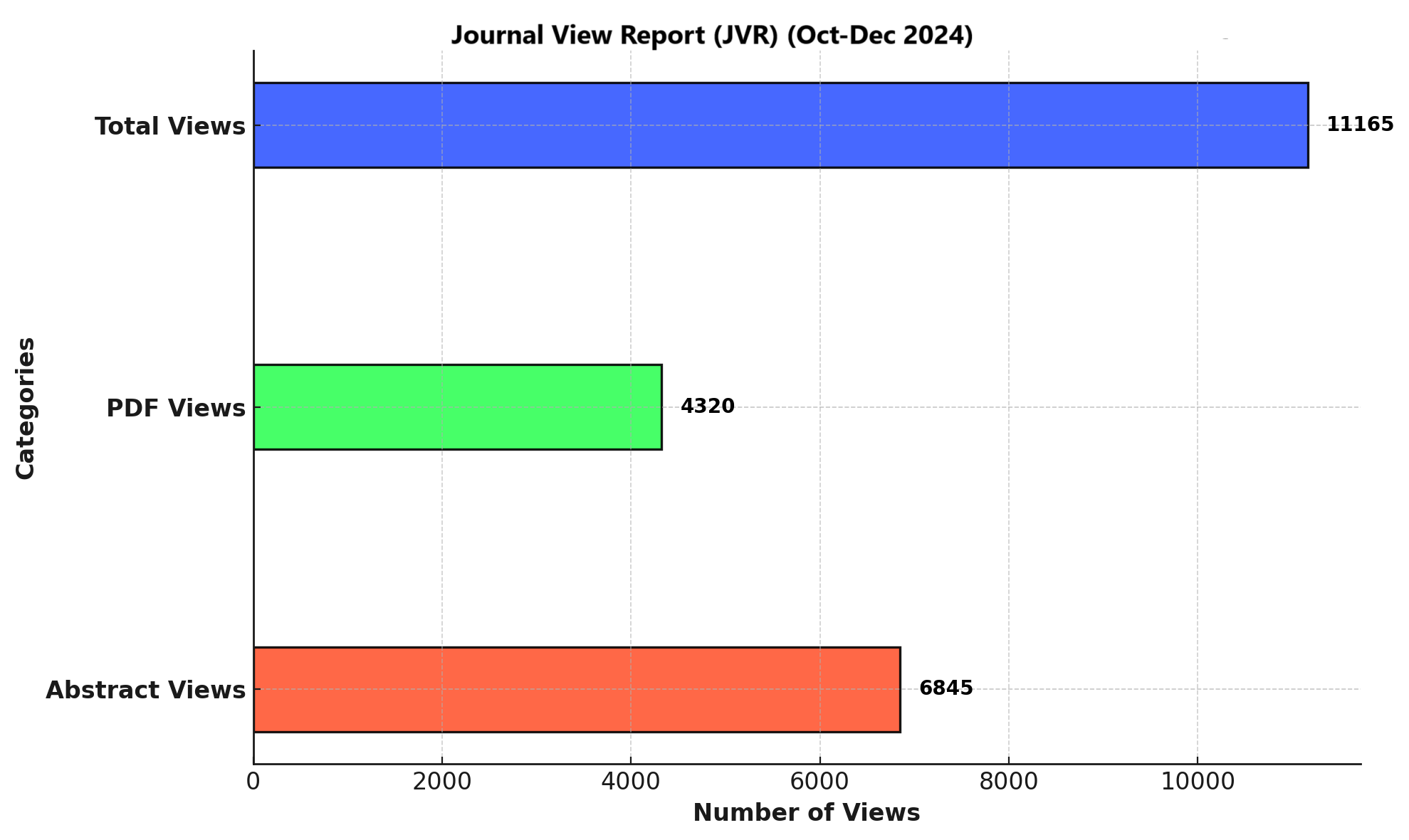COMPARATIVE ACCURACY OF 2-D SHARE WAVE ELASTOGRAPHY WITH CHILD PUGH SCORING IN LIVER FIBROSIS
DOI:
https://doi.org/10.71000/evwpaa49Keywords:
Liver fibrosis, Hepatitis B, Hepatitis C, Shear wave elastography, Child-Pugh score, Liver Cirrhosis, UltrasonographyAbstract
Background: Liver fibrosis is a progressive response to chronic liver injury, resulting in scar tissue formation and potential evolution into cirrhosis. Early and accurate staging is critical for timely intervention. Two-dimensional shear wave elastography (2D-SWE) provides non-invasive quantification of liver stiffness, while the Child-Pugh score assesses liver function based on bilirubin, albumin, prothrombin time, ascites, and encephalopathy. Comparing these tools enhances clinical decision-making in chronic liver disease management.
Objective: To assess the comparative accuracy of 2D shear wave elastography and the Child-Pugh scoring system in evaluating the severity of liver fibrosis.
Methods: This analytical cross-sectional study was conducted at INMOL Hospital and Aznostics Diagnostic Centre, Lahore. A total of 169 patients with chronic liver disease were selected through convenience sampling. Adults with hepatitis B, hepatitis C, non-alcoholic fatty liver disease, or hepatic steatosis were included, while those with decompensated cirrhosis, prior liver transplantation, or comorbid fluid overload were excluded. Liver stiffness was measured using 2D-SWE, and liver function was classified using the Child-Pugh scoring system. Spearman’s correlation test was used to determine the strength and significance of the association between fibrosis staging and liver function status.
Results: Among 169 participants, 43.2% were aged 25–40 years, 38.5% were 41–55 years, and 18.3% were above 55 years. Hepatitis B and C were found in 68.6% and 31.4% of cases, respectively. Frequent weight loss (63.3%), fatigue (65.1%), yellowish appearance (68.6%), and body swelling (31.4%) were reported. Liver size was <12 cm in 11.2%. Fibrosis grades were F0 (24.9%), F1 (20.1%), F2 (30.8%), F3 (15.4%), and F4 (8.9%). Child-Pugh scores were A (75.7%), B (13.0%), and C (11.2%). A strong correlation was observed between fibrosis stage and Child-Pugh score (Spearman’s ρ = 0.759; p < 0.0001).
Conclusion: 2D-SWE demonstrated high diagnostic relevance in assessing liver fibrosis, correlating strongly with Child-Pugh classification. These findings support the utility of SWE as a non-invasive alternative for evaluating liver disease severity and guiding clinical management.
Downloads
Published
Issue
Section
License
Copyright (c) 2025 Tayyaba Aslam, Hafiz Shehzad Muzammil, Rana Bilal Idrees, Fatima Mahrukh, Muhammad Jahanzaib, Sana Ali (Author)

This work is licensed under a Creative Commons Attribution-NonCommercial-NoDerivatives 4.0 International License.







